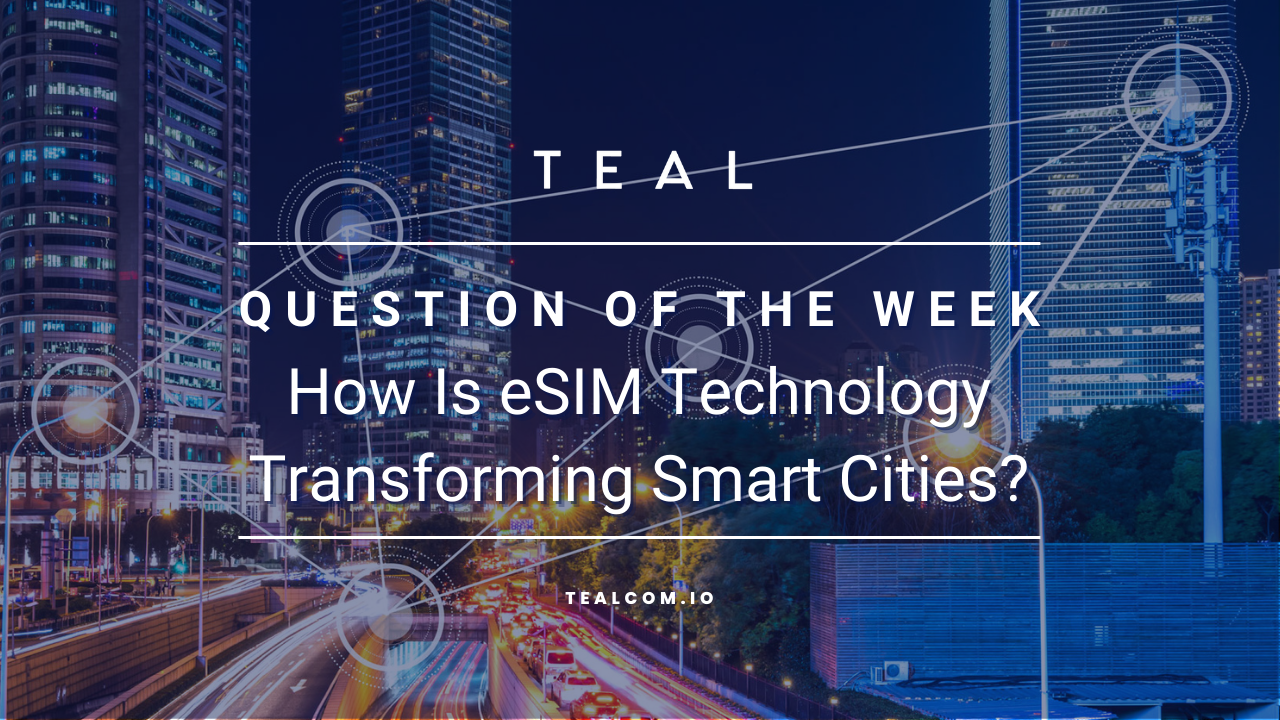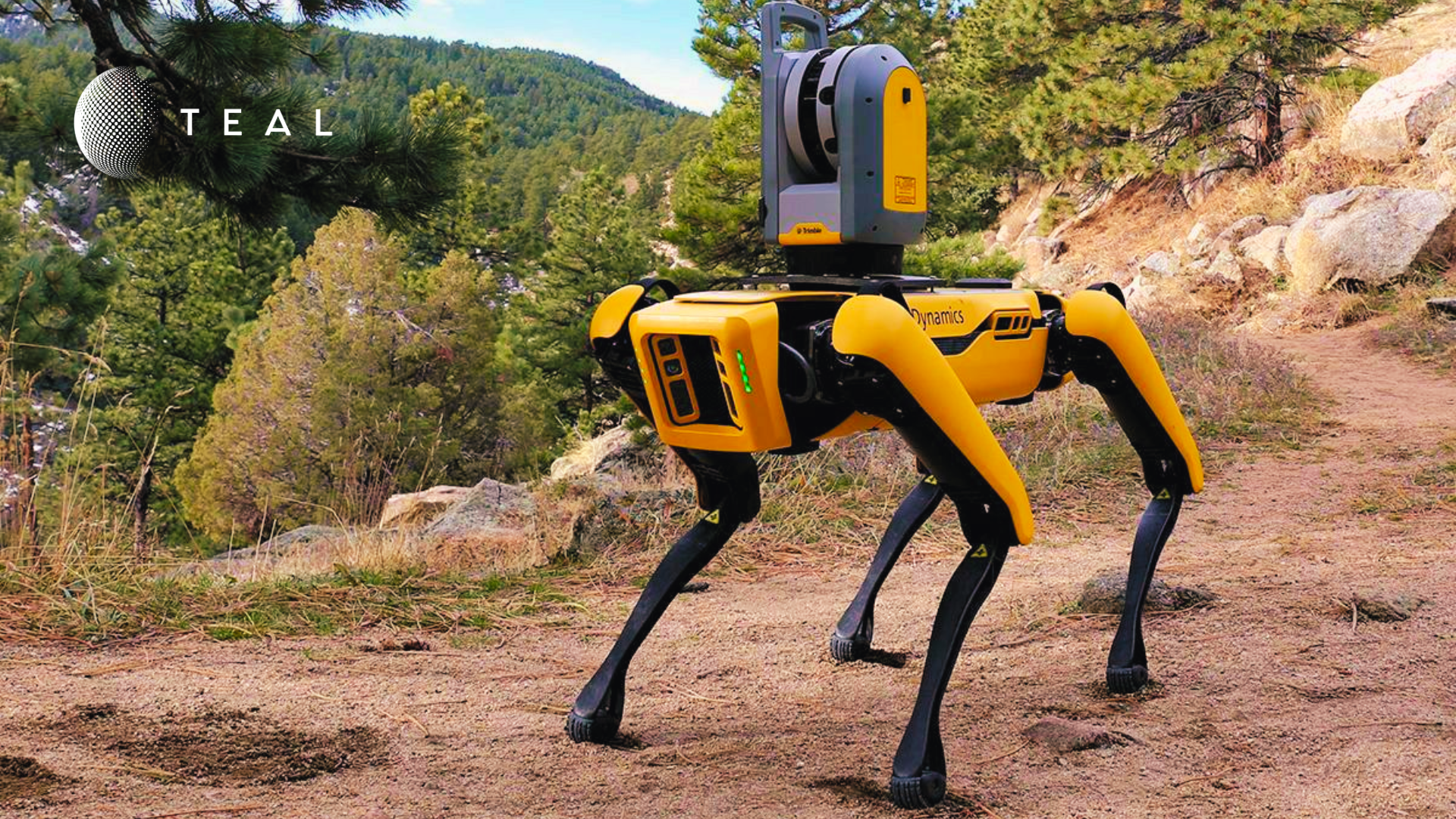How Is eSIM Technology Transforming Smart Cities?

Unlocking the Power of Cellular IoT Devices in Smart Cities
Smart cities are rapidly becoming the norm, with more and more municipalities investing in technology to make their cities smarter, safer, and more efficient. The Internet of Things (IoT) is playing a key role in this transformation, with new technologies emerging that can help reduce energy consumption, optimize transportation, and create an overall better quality of life for citizens. One technology making a big impact on smart cities is eSIM. Read on to learn how eSIM technology is connecting smart cities around the world.
What Is eSIM Technology?
eSIM stands for embedded SIM and it’s a type of programmable SIM card that can be used to connect devices to mobile networks without needing to physically swap out SIM cards. This allows for greater flexibility when it comes to device connection as users no longer need to carry around multiple physical SIM cards. Instead, eSIM technology allows you to switch between different carriers on-demand, at the click of a button. Teal offers both plastic eSIM cards (like your standard SIM form factor) and embedded eSIMs that are compatible with any IoT device.
What Are Cellular IoT Devices?
Cellular IoT devices use mobile networks to send and receive data from the cloud. These devices can be used for a variety of applications, including traffic monitoring, air quality monitoring, water management, energy efficiency improvement, public safety surveillance, and much more. Cellular IoT devices are one of the most popular types of connected sensors because they offer advantages over other types of sensors such as lower power consumption and longer range. Cellular IoT devices are transforming smart cities by providing real-time data that can be used to make informed decisions regarding city operations. For example, traffic data collected by cellular IoT devices can help urban planners identify bottlenecks in roadways which can then be addressed by re-routing traffic or adding new lanes. Air quality monitoring using cellular IoT devices can provide city officials with insights into pollution levels which can then be used to improve air quality through initiatives such as green spaces or alternative transportation options like bike lanes or public transportation routes. In addition to improving city operations, cellular IoT devices can also help improve public safety by providing real-time information about crime rates or hazardous conditions such as flooding or fires in order to better prepare emergency response teams for potential disasters.
How Is eSIM Being Used in Smart Cities?
In order to create a truly connected city, there needs to be reliable connectivity across all types of devices — from traffic sensors and video cameras down to individual smartphones used by citizens throughout the city. The flexibility afforded by eSIMs makes them an ideal choice for powering this kind of widespread connectivity in smart cities. In addition, eSIMs are less susceptible to theft or tampering which helps ensure data security within smart cities.
Another benefit of using eSIM technology in smart cities is that it enables real-time communication between different parts of the city. This means that data from one part of the city can be quickly disseminated across all other connected systems so that everyone has access to up-to-date information about things like traffic congestion or air quality levels. In turn, this can help improve efficiency when it comes to managing resources and responding quickly during emergencies such as fires or natural disasters.
The power of cellular IoT devices is undeniable when it comes to transforming smart cities around the world. By providing real-time insights on everything from traffic flow and air quality to public safety threats and natural disasters, these connected sensors are helping city officials make better decisions that ultimately lead to improved services for citizens and visitors alike. As technology continues to evolve, we will likely see even more applications for cellular IoT devices that further enhance our smart cities!
eSIM technology has become an integral part of modern smart cities as its ability to enable reliable connectivity across multiple devices makes it ideal for powering a truly connected city experience. Teal’s industry-leading eSIM technology ensures the highest level of security and accessibility for Smart Cities. Ensure always-on connectivity with dynamic switching between both public and private network technologies, to extend to the edge and support all data profiles within our communities.
Want to learn more about how eSIM technology is helping to connect smart cities worldwide? Set up a time to meet with a Teal IoT expert!
Recent Posts
Will 2024 Be the Year That Drone Deliveries Become a Reality?
Teal Communications Staff2024-06-14T15:26:03+00:00
The Future of Cellular IoT: Unlocking the Potential of Connected Devices
Teal Communications Staff2024-05-30T15:04:45+00:00
The Role of Autonomous Robots and eSIM Technology in Modern Industries
Teal Communications Staff2024-05-22T18:18:08+00:00




